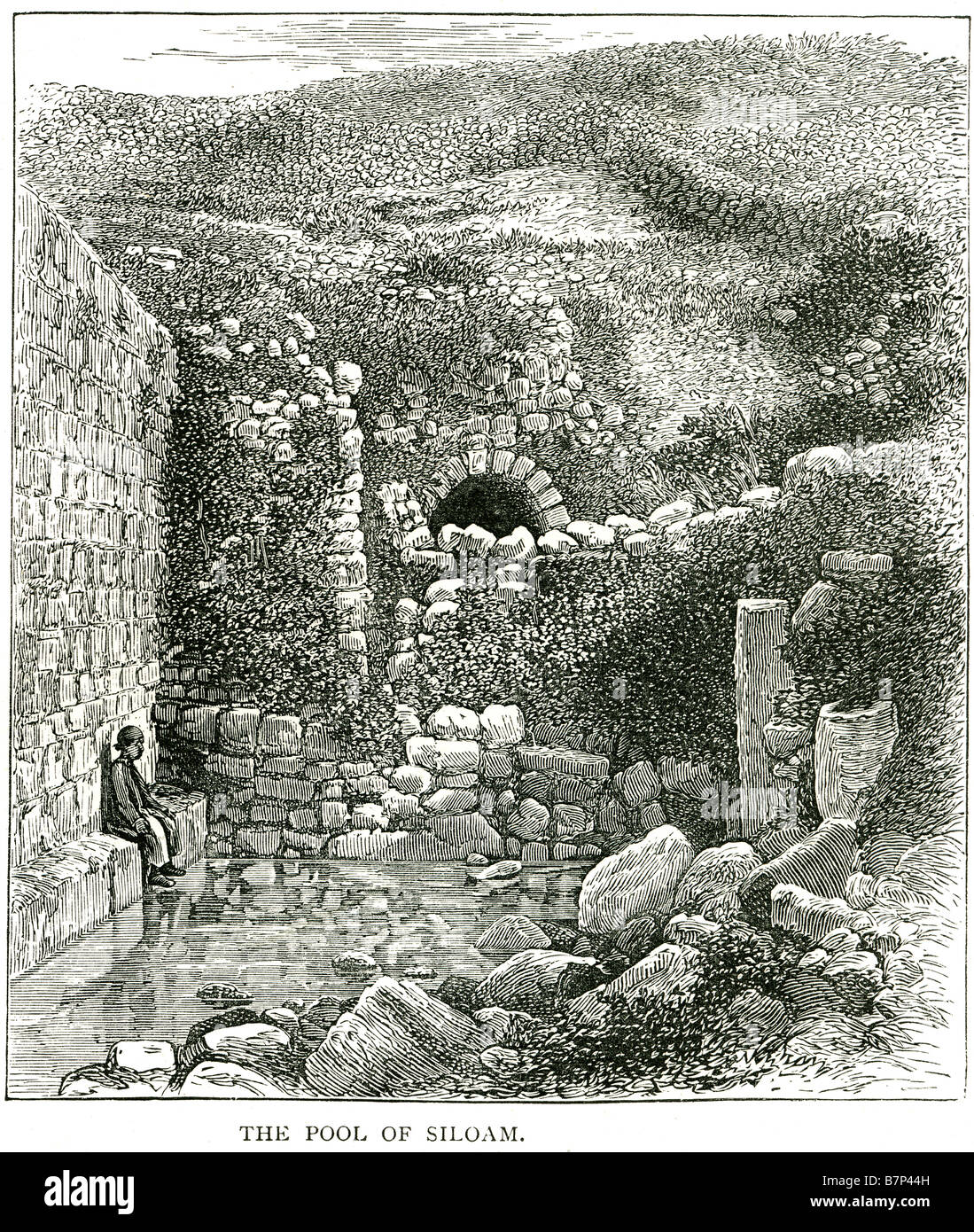pool siloam Hebrew Breikhat Hashiloah City of David water tunnel cave sitting boy stone hill

Image details
Contributor:
19th era / Alamy Stock PhotoImage ID:
B7P44HFile size:
51.1 MB (6.7 MB Compressed download)Releases:
Model - no | Property - noDo I need a release?Dimensions:
3888 x 4595 px | 32.9 x 38.9 cm | 13 x 15.3 inches | 300dpiMore information:
Pool of Siloam (Hebrew: Breikhat Hashiloah) is a rock-cut pool on the southern slope of the City of David (believed to be the original site of Jerusalem) now outside the walls of the Old City to the southeast. The pool was fed by the waters of the Gihon Spring, which were carried there by two aqueducts - the Middle Bronze Age Channel (a 20ft deep direct cutting that was covered with rock slabs, and dates from the Middle Bronze Age ~1800BC), and Hezekiah's Tunnel (a curving tunnel within the bedrock, dating from the reign of King Hezekiah ~700BC) Ancient records report that during the Second Temple period, there was also a lower pool further down the hill than the original one. In the Autumn of 2004, workers making excavations for a sewer near the present-day pool uncovered stone steps, and almost immediately Ronny Reich and Eli Shukron (prominent archaeologists) were on the scene; it very quickly became obvious to them that these steps were likely to have been part of the Second Temple period pool. Excavation swiftly commenced and confirmed the initial supposition; the find was formally announced on August 9, 2005 and received substantial international media attention. The pool is less than 70 yards from the edge of the Byzantine reconstruction of the upper pool. This lower pool is not perfectly rectangular, but a soft trapezoid. There are three sets of five steps, two leading to a platform, before the bottom is reached, and it has been suggested that the steps were designed to accommodate various water levels. The pool is stone lined, but underneath there is evidence of an earlier version which was merely plastered (to help it retain water). Coins found within this plaster date from the time of Alexander Jannaeus (104—76 BC), while a separate collection of coins, dating from the time of the Jewish War (AD 66—70), were also found.